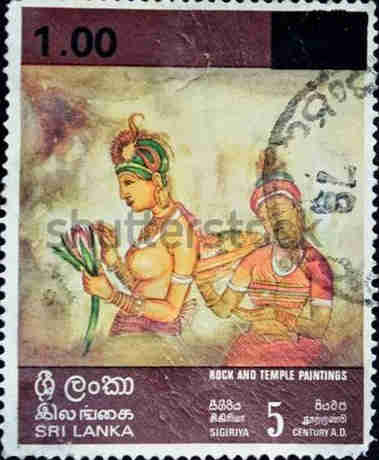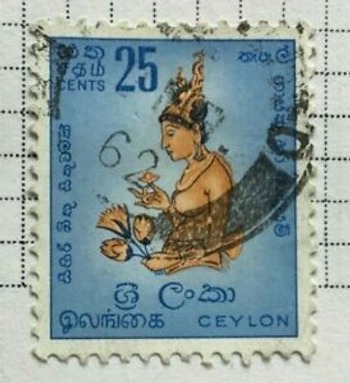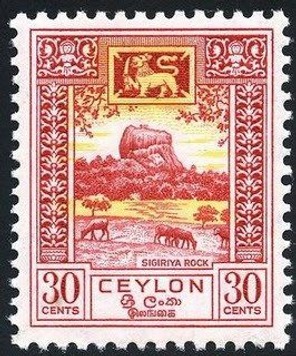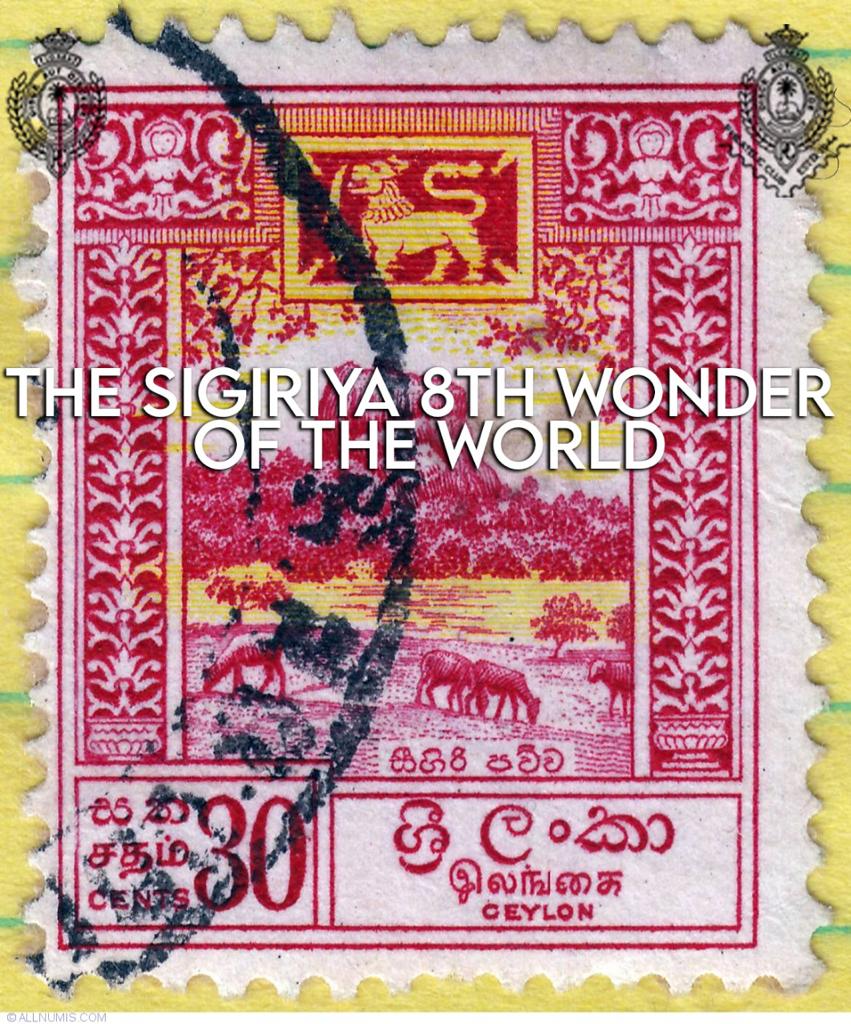The Sigiriya 8th Wonder of the World

Sigiriya is considered as one the most valuable archaeological sites in our country and is one of the most important global heritage of UNESCO. It is a rock situated in North Central province.
Sigiriya consists of an ancient citadel built by King Kashyapa during the 5th century. The
Sigiriya site contains the ruins of an upper palace located on the flat top of the rock, a mid-level terrace that includes the Lion Gate and the mirror wall with its frescoes, the lower palaces located behind the lavish lower gardens, and moats and ramparts which protected the citadel The fortress complex includes remnants of a ruined palace, surrounded by an extensive network of fortifications, vast gardens, ponds, canals, alleys and fountains.

HCP Bell was the first archaeologist to conduct extensive research on Sigiriya. The Cultural
Triangle Project, launched by government of Sri Lanka, focused its attention on Sigiriya in 1982. Archaeological work began on the entire city for the first time under this project.
Sri Lanka government to recognize the value have issued many stamps depicting our Heritage. The first stamp issued on Sigiriya goes back to 1938 (Then Ceylon), a 10-cent stamp.

The post-independence era first stamp on Sigiriya was issued on 04 February 1950. a 30 cents stamp. Four years later in 1954. a 25 cents worth stamp was issued to depict Sigiri Frescos. This stamp was reprinted in Sinhala on 14 May 1958. In 1973 a giant stamp depicting female Sigiri figures was issued as part of Temple painting issue valuing Rs1.55 and re issued many times with value changes
Sigriya is not only and archaeological heritage but it is one the leading tourist attractions which contribute considerable revenue and pride to our mother Lanka and it is our duty to preserve its paintings and irrigational systems for future generations.



 Prefects
Prefects